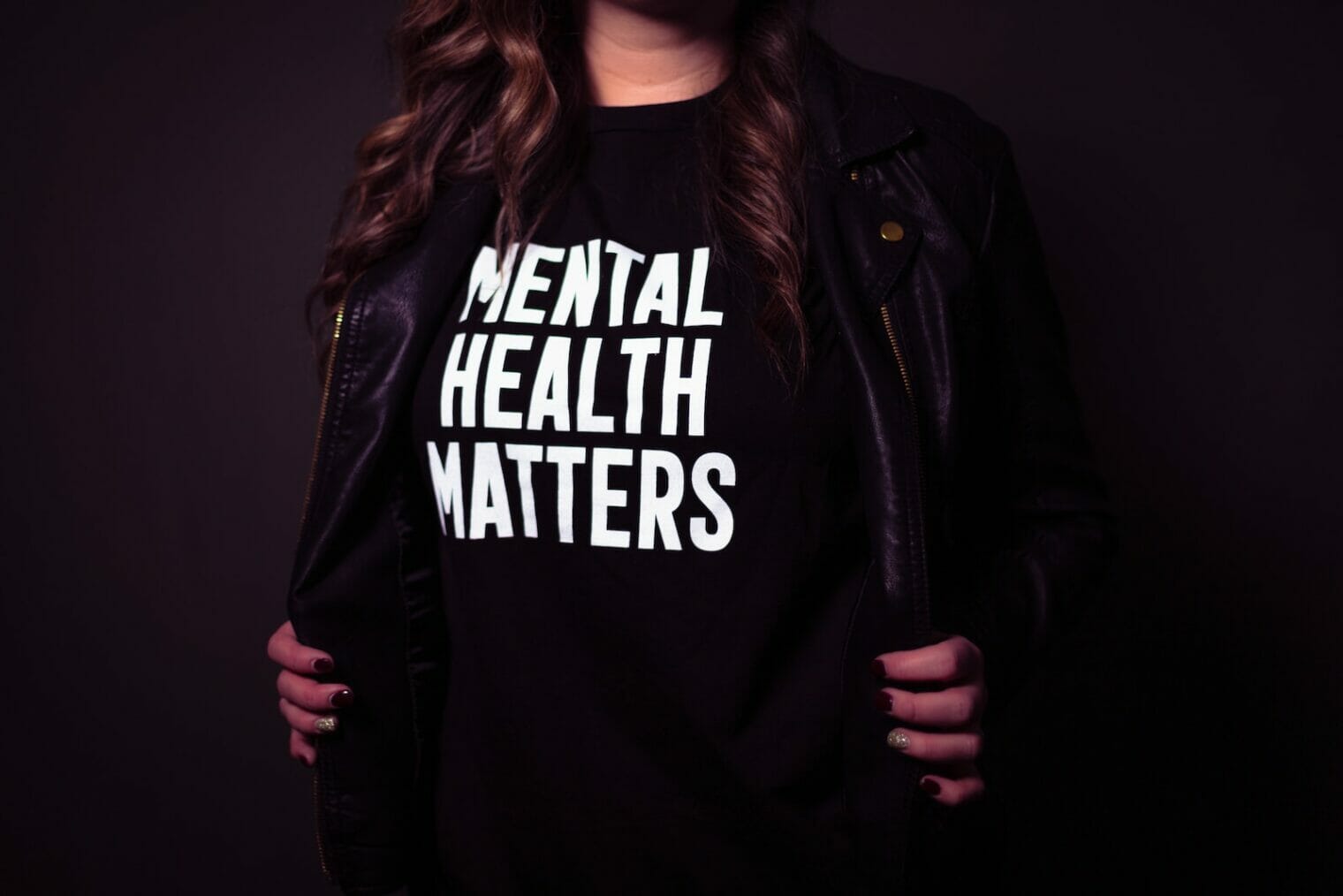Sarah’s hands trembled as she dialed yet another number from her insurance provider’s list of in-network psychiatrists. Her anxiety, a constant companion for years, had recently spiraled into debilitating panic attacks that left her struggling to perform even basic tasks at work. After weeks of internal debate, she finally decided to seek professional help. As the phone rang, Sarah silently prayed this call would be different from the dozen she’d already made that day.
“Thank you for calling McDonald’s. How may I help you?” a cheerful voice answered.
Sarah’s heart sank. This wasn’t a psychiatrist’s office – it was a fast-food restaurant. Frustrated and increasingly worried, she hung up and moved on to the next number on the list. Little did Sarah know, she had stumbled into the troubling world of “ghost networks” in mental health care.
The Illusion of Accessible Care
Ghost networks are a pervasive issue in the U.S. healthcare system, particularly in mental health services. These networks create a misleading illusion of accessible care by listing providers who are not actually available for appointments. The reasons vary – some providers have retired, moved away, or no longer accept certain insurance plans. Others may not be taking new patients, have incorrect contact information listed, or in extreme cases like Sarah’s, the listed number might connect to unrelated businesses such as fast-food restaurants.
The consequences of these inaccurate directories are far-reaching and often devastating. Patients like Sarah, who are already grappling with the challenges of mental illness, face an additional hurdle in accessing the care they desperately need. The frustration of calling number after number, only to be met with dead ends, can be enough to make someone give up on seeking help altogether.
Some Shocking Statistics
Recent studies have shed light on the alarming prevalence of ghost networks:
- A Senate Finance Committee study found that only 18% of listed mental health providers in Medicare Advantage plans were actually available for appointments.
- The Seattle Times discovered that a mere 8% of listed providers across four major insurers in Washington state offered appointments.
- In a study of Blue Cross Blue Shield’s in-network psychiatrists across three major cities, researchers were unable to make appointments with 74% of the listed providers in 2015. We believe the situation has only deteriorated further in the years since, exacerbating the challenges of accessing mental health care.
These numbers paint a grim picture of the state of mental health care access in America. With more than half of adults experiencing mental illness going without treatment, the existence of ghost networks only worsens an already critical situation.
What’s Behind Ghost Networks?
The persistent nature of these inaccuracies has raised eyebrows among healthcare advocates and policymakers. Given that insurance companies have long been aware of these issues, their apparent inaction has fueled speculation about whether such barriers might serve a purpose beyond mere oversight. This lingering problem prompts a critical question: are these obstacles to care unintentional oversights, or do they potentially align with insurers’ financial interests?
Regardless of intent, several factors contribute to the persistence of ghost networks:
- Inadequate updating processes
- Lack of communication between insurers and providers
- Low reimbursement rates for mental health services
- Insufficient regulatory enforcement
Turning Frustration into Action: A Call for Compassion
Sarah’s story isn’t just a cautionary tale—it’s a heartbreaking reality faced by countless individuals across our nation. Behind every unanswered call, every outdated listing, there’s a person like Sarah: someone’s daughter, someone’s friend, someone’s colleague. Someone who, in their moment of greatest vulnerability, reached out for help only to grasp at shadows.
As I write this, I can’t help but think of the Sarahs in my own life—the friend who confided in me about their depression, the family member who struggles with anxiety. I think of the courage it takes to seek help, and how crushing it must feel to have that courage met with endless dead ends.
We must do better. Not just for Sarah, but for all the silent sufferers who haven’t yet found the strength to pick up the phone. For the parents lying awake at night, worried about their children. For the veterans battling unseen wounds. For every person who has ever felt the isolating grip of mental illness.
This isn’t just about fixing a broken system—it’s about weaving a safety net of compassion and support for our communities. It’s about transforming ghost networks into lifelines of hope. Here’s how we can start:
- Demand Accountability: Report inaccuracies to insurers and support legislation for accurate directories.
- Advocate for Better Coverage: Push for mental health parity and comprehensive insurance plans.
- Embrace Technology: Support real-time availability databases and telehealth integration.
- Raise Awareness: Share experiences and organize community discussions on mental health access.
- Support Organizations: Volunteer, donate, or get trained in mental health first aid.
To those currently navigating the maze of ghost networks: please, don’t give up. Your life, your well-being, matters immensely. Keep reaching out. There are caring professionals eager to help, even if the path to finding them is frustratingly obscured. Consider these additional steps:
- Utilize mental health hotlines for immediate support and guidance.
- Explore community health centers and local non-profit organizations that may offer mental health services.
3. Look into online therapy platforms that can connect you with licensed professionals quickly.
And to those who’ve successfully found help despite these barriers: consider sharing your journey. Your story could be the beacon that guides someone else through the darkness.
Together, we can dismantle these ghost networks. We can build a world where seeking mental health support is met not with frustration, but with open arms and real, accessible help. A world where no one has to face their inner struggles alone.
Remember Sarah. Remember all the Sarahs out there. And let’s commit, here and now, to turning these ghost networks into networks of genuine care, compassion, and healing. Because in the end, we’re all in this together—and together, we can light the way to better mental health for all.





Leave a Reply